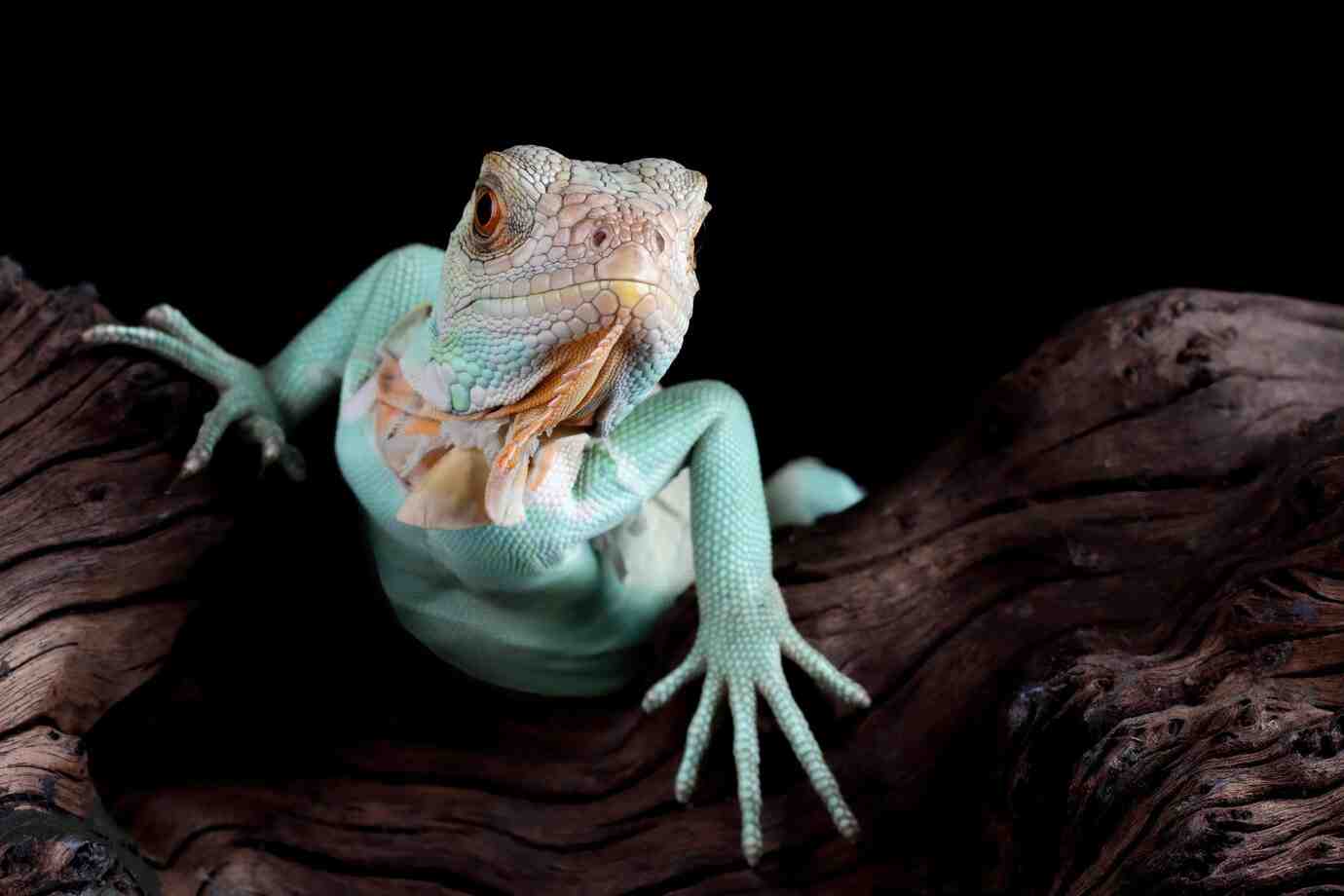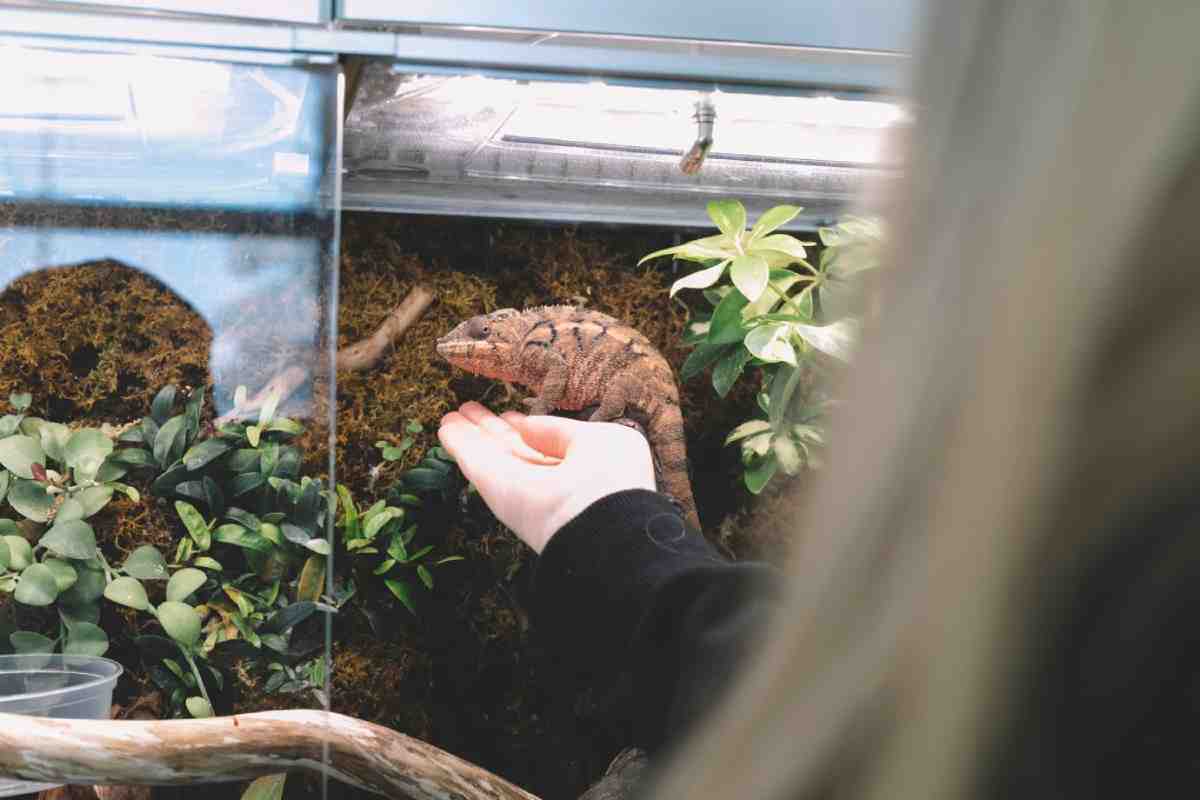
How to Introduce a New Reptile to an Existing Setup
Bringing home a new reptile is exciting. But if you’re planning to introduce it to a tank with other reptiles, you must go slowly and carefully.
Many reptiles like to live alone. If a new reptile is added too quickly or without planning, it can lead to stress, illness, or fighting. This guide explains how to manage a new reptile introduction, keep everyone safe, and make sure your reptile cohabitation is peaceful.
Pro Tip: Most reptiles do not need a friend. Only house them together if it’s safe and beneficial for both animals.
Why You Should Think Twice Before Cohabiting Reptiles

- Reptiles often live alone in the wild
- Many are territorial and will fight over space
- Some can carry illnesses that don’t show right away
- It’s risky to mix species, even from similar climates
Important: Just because two reptiles are not fighting doesn’t mean they are happy. Stress can be quiet but dangerous.
Step-by-Step Guide to Reptile Introductions
Step 1: Check if the Species Can Live Together
Not all reptiles can live with others. Some will never share space safely.
| Species | Can They Cohabit? |
| Crested Geckos | Sometimes (females only) |
| Leopard Geckos | Maybe (females, large space) |
| Bearded Dragons | No |
| Corn Snakes | No |
| Dart Frogs | Yes, in groups |
Quick Tip: Never mix different species, even if they seem similar.
Step 2: Quarantine the New Reptile First
Before anything else, quarantine your new reptile.
- Keep it in a separate tank
- Place it in a different room, if possible
- Use separate tools and wash your hands after handling
- Watch for signs of illness or parasites
Where They Came From Quarantine Time Trusted breeder 30–45 days Unknown history or rescue 60–90 days Pro Tip: Don’t skip this step. Even healthy-looking reptiles can carry disease.
Step 3: Use a Divider or Side-by-Side Tanks
Let reptiles see each other without touching.
- Place tanks side by side with a small gap
- Or use a solid divider in one large tank
- Watch how each reptile reacts: calm, curious, scared, or aggressive
Look for signs:
- Calm: Good sign
- Hiding: Normal at first
- Pacing or tail-whipping: Stress or aggression
Quick Tip: Don’t rush this stage. It helps reduce stress later.
Step 4: Create a Safe Shared Space
If they seem calm, set up a tank designed for two.
Feature Why It Matters Two hides Reduces fighting over spots Two basking areas Prevents pushing or crowding Extra space Gives room to avoid each other Plants and logs Break up sight lines Two food spots Stops food guarding Pro Tip: The enclosures should be much bigger than normal. Give them room to move and avoid.
Step 5: Introduce Slowly and Watch Closely
Now it’s time to bring them into the same tank.
- Do it during the day when you can watch
- Place the new reptile on the opposite side of the tank
- Don’t touch or interfere unless needed
- Watch for chasing, biting, or tail-whipping
What You See What It Means Calm or ignoring Good sign Minor hiding Normal at first Biting or chasing Separate right away Quick Tip: Keep a second tank ready in case they need to be split.
Aftercare: Keeping the Peace
Watch Their Behaviour
Signs something is wrong:
- One reptile always hides
- One is eating less or losing weight
- Injuries or tail damage
- They fight for basking spots
Check daily. Look for small changes in eating or movement.
Feeding and Cleaning Tips
- Feed them in different areas or even outside the tank
- Use two water bowls
- Clean more often to reduce scent marking
- Handle them separately and gently
Pro Tip: Keep a log of their weight, meals, and behaviour. It helps spot problems early.
Common Mistakes and How to Avoid Them
Mistake What To Do Instead Rushing introduction Take it slow, use dividers first Ignoring hiding or stress Watch behaviour daily One heat lamp for two Give each reptile a heat zone Housing different species Never mix species Frequently Asked Questions

Can two reptiles ever bond?
No. Reptiles don’t bond like mammals. They may tolerate each other, but they don’t need friends.Is cohabiting reptiles safe for beginners?
Not usually. It’s better to keep one reptile per tank unless you have experience and lots of space.Can I add a reptile to a bioactive tank?
Only if the new reptile has finished quarantine and the setup is large and stable.Do females get along better than males?
Yes, in some species. But even females can fight. Always monitor.Can I put siblings together?
Not forever. Even siblings can turn aggressive as they mature.Put Safety First

Introducing reptiles takes time, planning, and care. Some reptiles will never accept a tankmate. Others might tolerate one if the space and setup are right.
By following safe new reptile introduction steps, designing a space suited for reptile cohabitation, and treating exotic pet introductions with caution, you can reduce the risk of stress or harm.
Go slow. Watch closely. Separate if needed.


